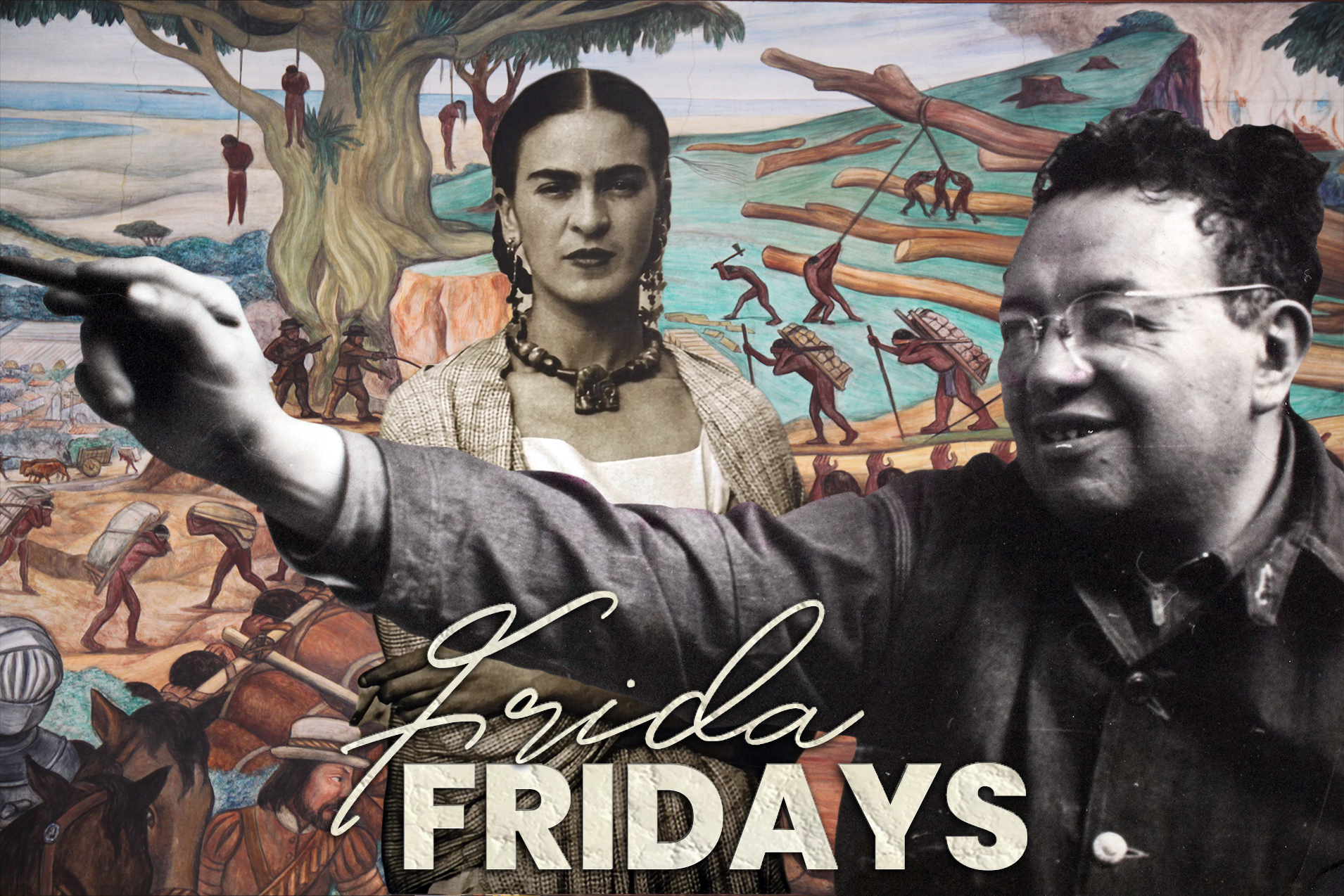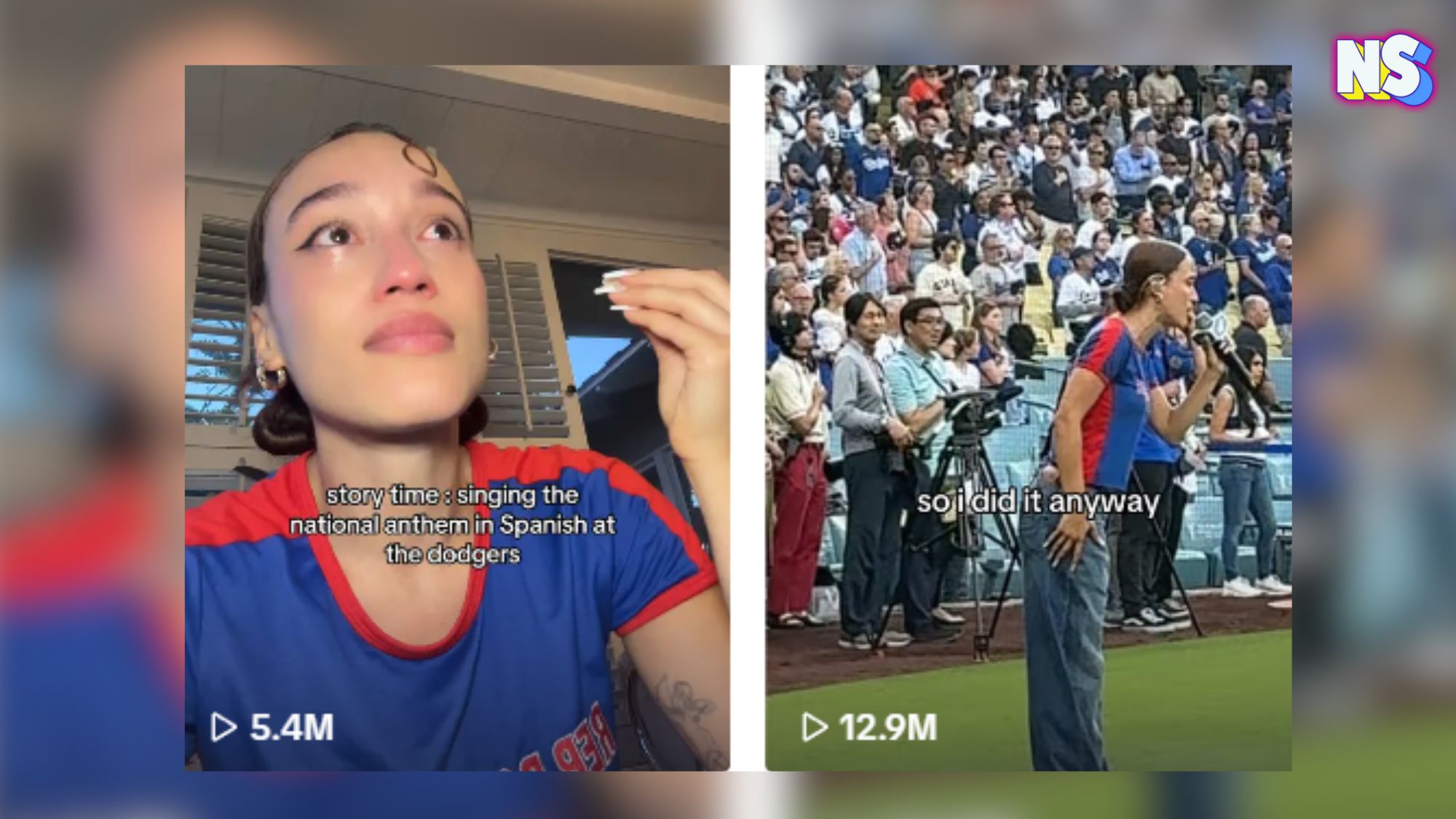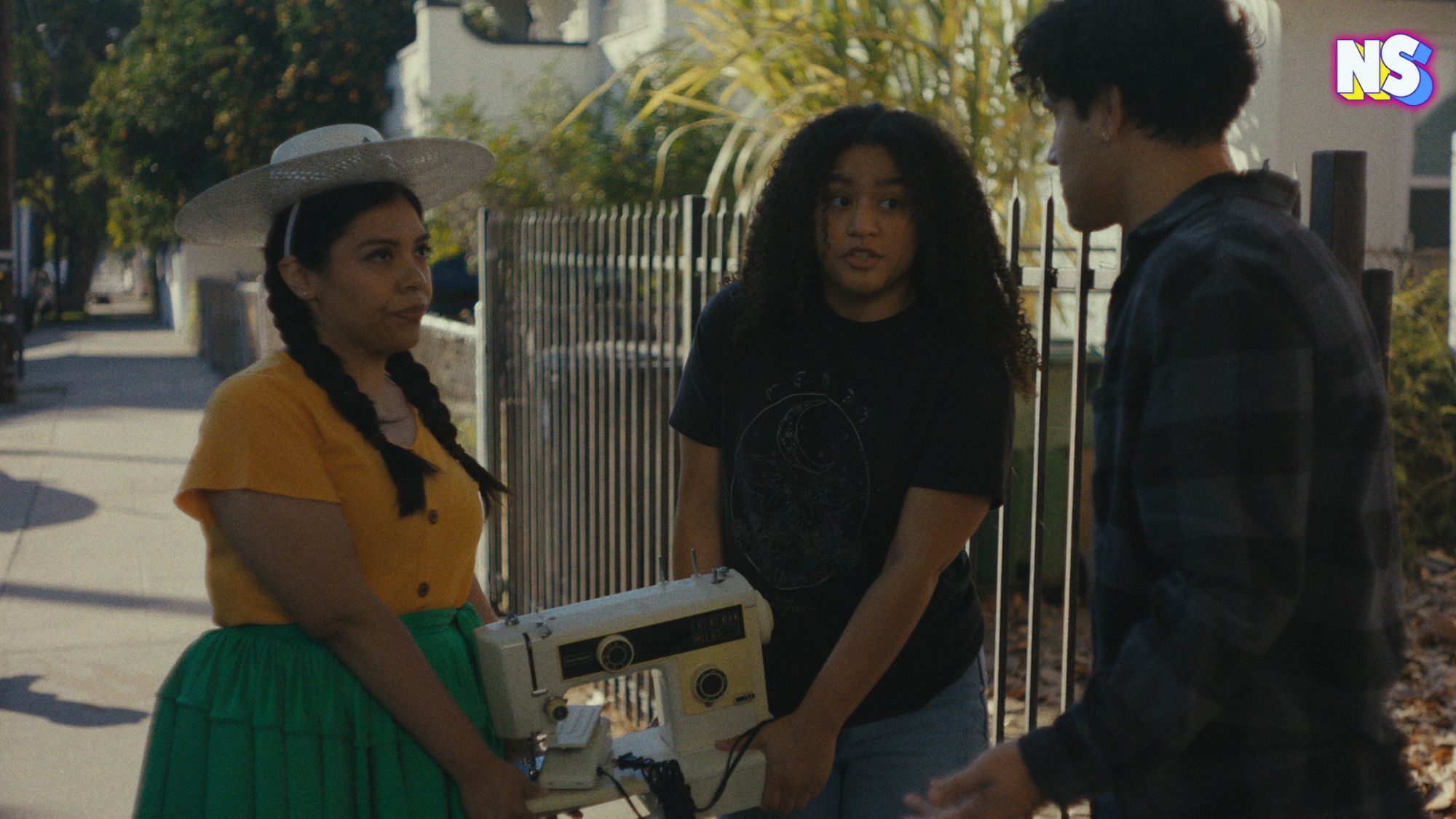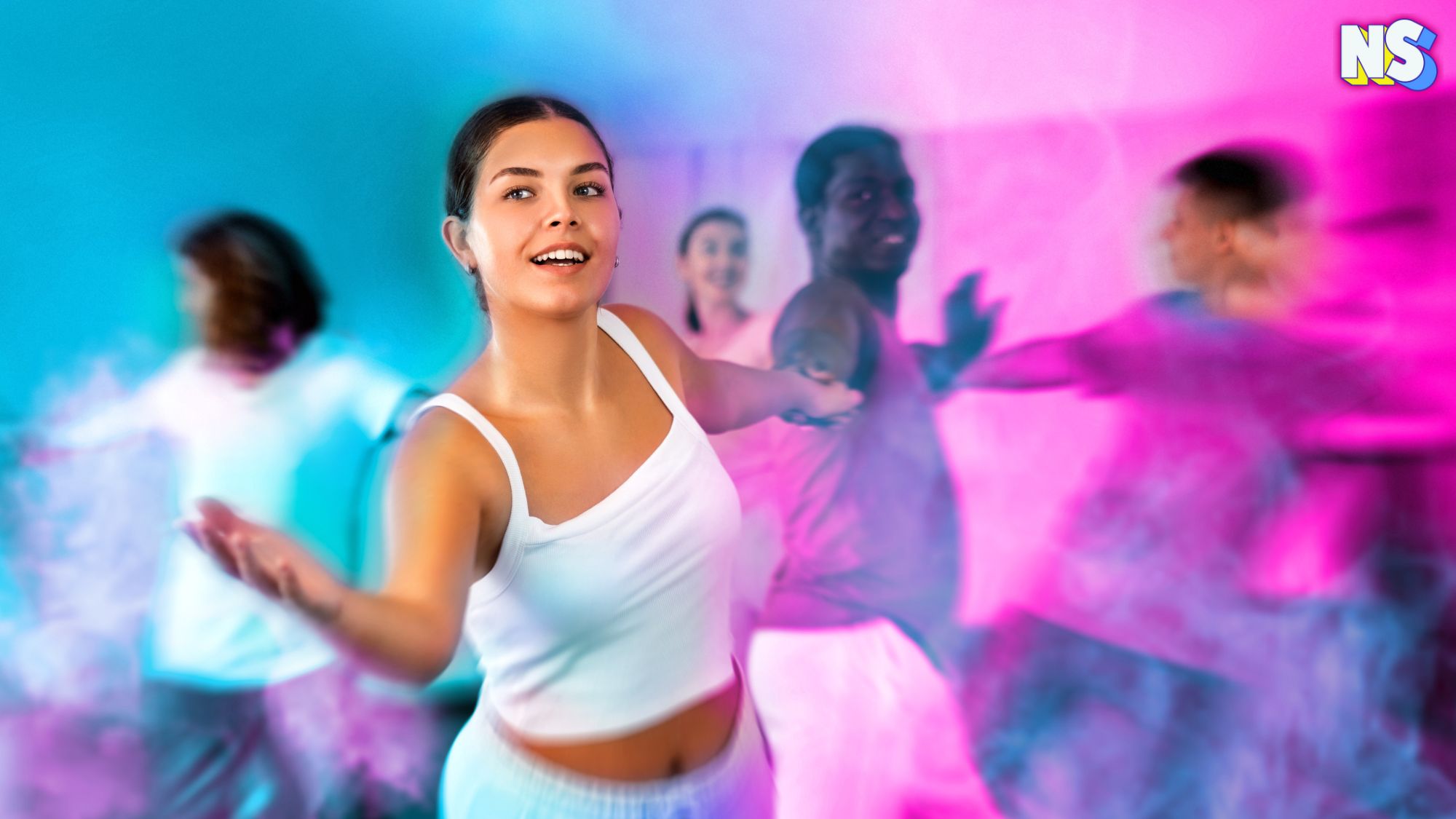Mexican feminist icon Frida Kahlo’s path to historical prominence wasn’t solely paved with her art.
Sure, Kahlo stands as a pioneering artist and a trailblazer in the realm of artistic expressiveness. But the world is equally as captivated in the harrowing details of her short life as her art, it seems.
From childhood battles with polio, to a tram accident that shattered her pelvis, to the harrowing gangrene that led to a leg amputation, the tragic threads of her life are too difficult for many to ignore.
And, through it all, her two tumultuous marriages to fellow artist Diego Rivera – her husband until she died at the age of 47, in 1954 – seems to draw the most attention and curiosity from fans.
“Though they created some of Mexico’s most fascinating art, it’s the bizarre Beauty-and-the-Beast dynamic that has captivated the world and enshrouded both figures in intrigue,” The New York Times notes in their piece Frida and Diego.
Kahlo even said that the two major accidents that defined her life were 1) the trolley crash that left her pelvis shattered, and 2) her subsequent marriage to Diego Rivera (who, at one point in their marriage, had an affair with her younger sister, Cristina).
“This was a relationship that mirrored the turbulence going on around them — a cycle of infidelity and violent demeanors set against the backdrop of a country reshaping its identity, a World War, and political upheaval,” a recent article in Context – The Story of Frida & Diego: Love, Lust, Comfort and Chaos – explains.
Rivera’s 5 Endearing Qualities
Needless to say, this all leads artist historians and fans of Kahlo’s work to ask: “Why Diego?”
So, while acknowledging the complexity of their relationship, we delve into the question, “Why Diego?” by highlighting five endearing qualities of Diego Rivera:
- Mastery of Mural Painting: Rivera’s mastery of the mural painting technique is one of his most significant artistic achievements. His monumental frescoes adorn public buildings in Mexico and the United States and are considered masterpieces of social and political art.
- Commitment to Social Justice: Rivera’s art and activism were deeply rooted in a commitment to social justice. He used his talent to depict the struggles of the indigenous people, and marginalized communities.
- Political Engagement: Rivera was passionately involved in left-wing politics, aligning himself with Marxist and communist ideologies. His involvement in political causes, such as the Mexican Revolution, was reflected in his art.
- Educational Contribution: Rivera played a crucial role in promoting art education and fostering the development of the Mexican muralist movement. He mentored other artists and inspired a new generation of Mexican muralists, along with his wife, Kahlo (who was a teacher).
- Advocacy for Workers’ Rights: Rivera’s murals often depicted the struggles of the working class, advocating for labor rights and social justice. His art was instrumental in raising awareness of the plight of laborers and the need for equitable treatment.
Despite his many controversies, Rivera played a central role in the development of Mexican national art until his death in Mexico City in 1957. Maybe this is all why Kahlo was in love with him … or not.





